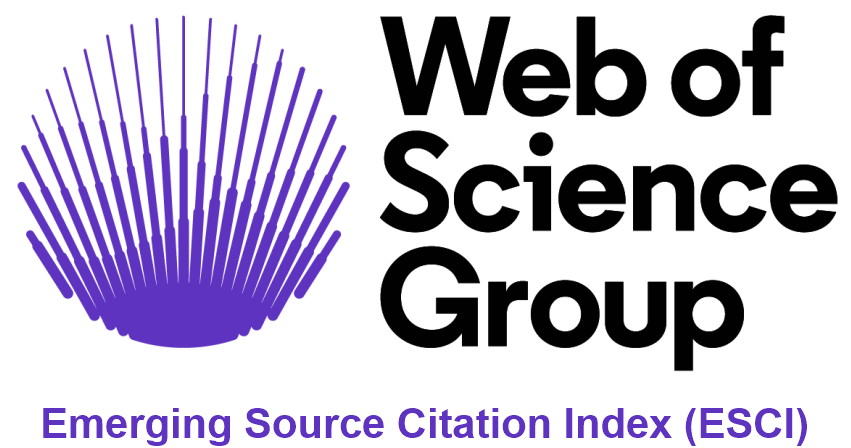Value chain analysis of the sheep sector in Salinas, San Luis Potosí, México
Abstract
The concept of value chain has been used for diagnosis and
identification of solutions to problems that a particular activity
faces. In this research study we analyze the value chain
from the approach of social integration and establishment
of links between actors who intervene: producers, retailers,
wholesalers, transformers, marketers and local organizations.
The methodology used includes: 1) identifying the sector; 2)
identifying agents; 3) value chain analysis; 4) agent analysis;
and, 5) cooperation strategy. The research was carried out
in the municipality of Salinas, San Luis Potosí, México. Field
information was obtained through surveys and structured
interviews. Data point out that the sheep sector’s value chain in
Salinas has a low level of competitiveness. Also, it is disjointed
with regards to both horizontal and vertical relations. It is
advisable to encourage training and technical assistance in the
different areas of species management: feeding, reproduction,
product transformation and marketing.
Downloads
Published
How to Cite
Issue
Section
License
Authors who publish in this journal accept the following conditions:
- The authors retain the copyright and transfer to the magazine the right of the first publication, with the work registered with the Creative Commons attribution license, which allows third parties to use what is published as long as they mention the authorship of the work and the first publication in this magazine.
- Authors may make other independent and additional contractual arrangements for non-exclusive distribution of the version of the article published in this journal (e.g., including it in an institutional repository or publishing it in a book) as long as they clearly indicate that the work It was first published in this magazine.
- Authors are permitted and encouraged to publish their work on the Internet (for example on institutional or personal pages) before and during the review and publication process, as it can lead to productive exchanges and greater and faster dissemination of the work. published (see The Effect of Open Access).













